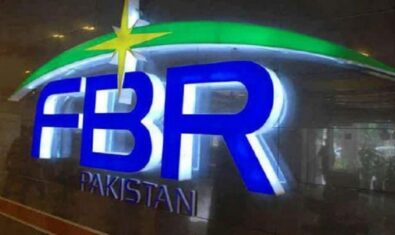By Saad Mustafa Warraich
Corporate Social Responsibility is often mistaken either as limited to corporate philanthropy or as a stalking horse for a hidden corporate agenda, or even as a panacea to right all wrongs when it comes to corporate reputation.
The above understanding of CSR stems from two commonly held counterproductive beliefs; one, business and society are pitted against each other instead of their interdependence and two, companies think of CSR in generic ways instead of developing social initiatives as part of their strategy.
CSR is much more than a cost, constraint, cover up or a charitable deed and approached strategically, it can solve social problems while benefitting corporations to create shared value. In short CSR is about how companies manage their business processes to produce an overall positive impact on the society.
To understand the motivation or rationale behind certain CSR initiatives, it is imperative to understand the Virtue Matrix of CSR. The aim of the Virtue Matrix is to provide concrete, actionable framework for companies to assess opportunities for socially responsible action and create a corporate citizenship strategy.
The Matrix consists of four quadrants; the bottom two – choice and compliance make up the civil foundation. Civil foundations relates to broad norms, customs and laws that govern corporations. Companies either engage in the practices by choice (choose to conform without being compelled) or by compliance (mandatory practice).
Compliance is the accumulation of laws and regulations with which corporations must comply. Choice, are the customs and norms to which the corporations adhere to by choice rather than by fiat. Lack of adherence in an industry or economy may result in a corporation being ostracized, experience lower customer loyalty or having difficulty in attracting and retaining employees.
The practices that fall under civil foundation merely meet society’s expectations and maintaining the status quo rather than moving the society forward.
A dotted line divides the choice side of the civil foundation from the compliance side, indicating that the boundary between the two is porous. Some activities that center the civil foundation through the left quadrant eventually become so widespread that’s the norms are converted to laws or regulations.
For example, introduction of medical packages, protection against sexual harassment and inclusion of persons with disabilities – all of which were a matter of choice for corporations once have now been enshrined into regulations.
The top two quadrants of the matrix – the strategic and structural frontiers encompass activities whose motivation tends to be intrinsic and whose value to shareholders is either negative or not immediately apparent. The top right box, the structural frontier, houses practices that are intrinsically motivated and turn out to be contrary to the interests of the shareholders. In this quadrant, initiatives taken by a company tend not to last because the cost to shareholder is too great.
Examples of activities in this front include corporate charity. The society garners lion’s share of the benefit while it impacts shareholders negatively; and this win-lose dynamic creates a serious barrier to corporate action.
At top left, the strategic frontier represents individual action – in which a single firm engages in a socially responsible behavior that ends up benefitting both society and shareholders. A classic example is easypaisa which, launched in 2009, targeted the 85% of Pakistani population which had no access to formal financial services.
Easypaisa is a true model of CSR in that it creates a win-win for all stakeholders through shared value, fulfills the moral obligation, enhances reputation and is sustainable. As a result of easypaisa services, Telenor Pakistan and Tameer Microfianance Bank have not only established themselves as the pioneers but have also increased shareholder value.
The consumers have found a convenient means of financial inclusion and enjoy a host of financial services for the first time in their lives. And on another frontier, easypaisa is benefitting the economy by channeling millions of rupees into the formal economy which was earlier part of the underground transactions.
In the 80s, Norwegian Prime Minister Gro Harlem Brundtland defined sustainable development which was then used by World Business Council for Sustainable Development as “meeting the needs of the present without compromising the ability of future generations to meet their own needs.”
Sustainable development is possible through shared value and shared value can only be achieved by moving away from conventional corporate social responsibility and towards corporate social integration.
Saad Mustafa Warraich is an MBA from Institute of Business Administration, Karachi and currently a communications professional at Telenor Pakistan.























Good summation of the current debate on CSR
“mistaken” or correctly taken? Your (il)logic is synonymous to saying that American consulates in Pak are here to make tacos.
And easy paisa? Oh really?
http://propakistani.pk/2011/06/07/secret-british-aid-used-to-setup-easypaisa-gets-unveiled/
And easy paisa is a true model of CSR? Cmon. TeeliNor is making money from this business venture. Whats next? You will say that since the company is providing communication capability to the masses, its a service to humanity?